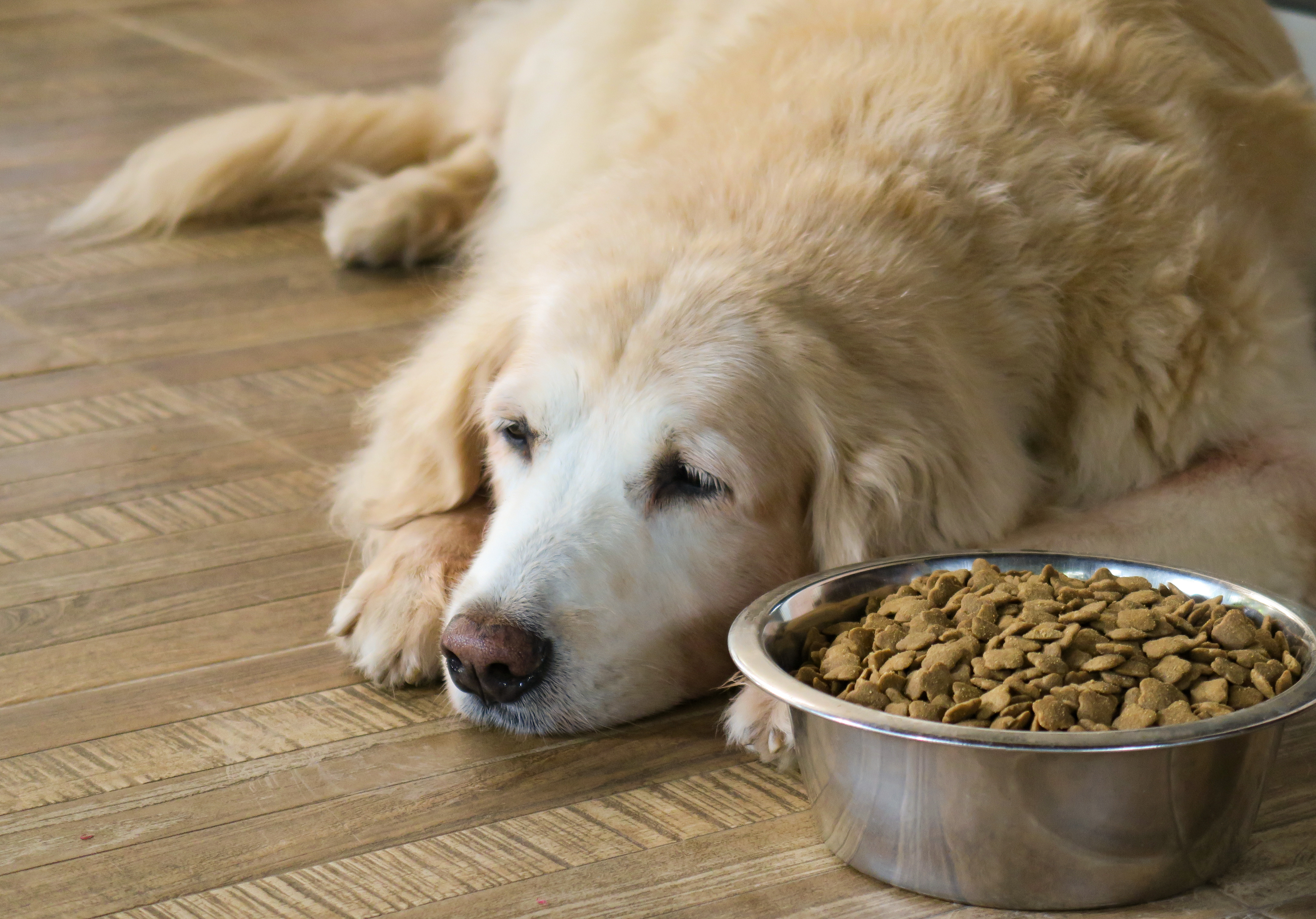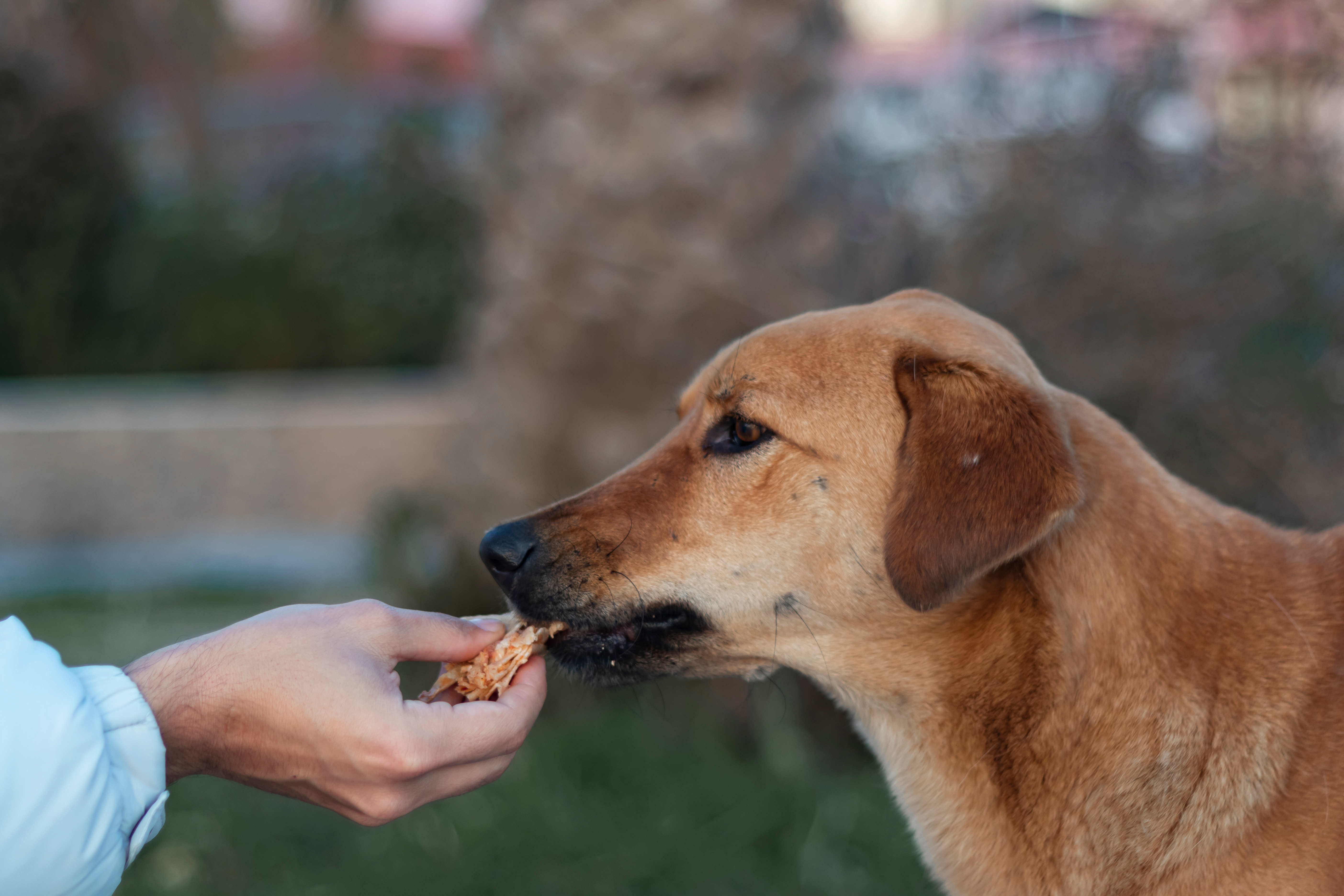My dog doesn’t want to eat: why?
Does your dog not want to eat but you don’t know why? This may be due to a number of reasons that you shouldn’t ignore. We tell you about all of them here.
pets
Share

It isn’t common to be confronted with this sentence, as a dog’s voracity for food is practically indisputable. However, it can happen. If it does, the most important thing is not to worry, but to deal with the matter. It is very possible that there is a cause behind your dog’s change in behaviour and it would be convenient to look into the situation in depth so that you can find an answer.
If your dog doesn’t want to eat dry food, this is probably due to two main reasons: lack of appetite or inability (they want to eat but, for some reason, they cannot do so). Let’s take this step by step so we can understand why, on some occasions for example, my dog doesn’t want to eat and only drinks water. As you will see, everything has an explanation.
Let’s begin with lack of appetite. Metabolic, liver or kidney disease; infections, changes to their surroundings, a pain in their gastrointestinal tract or a poisoning may be some of the reasons why a dog doesn’t want to eat. Sometimes, however, it is much simpler than it appears: it may be that your dog simply doesn’t like the dry food you’re giving them.
This doesn’t necessarily mean that you have changed the brand or type of food (small dog breeds are particularly reticent about new things), but they might never have liked it and they have reached the point where they refuse to eat it any more. One way of finding out if this is the cause of their lack of appetite Is to vary the type of food you give to your dog.
Alternatively, if your dog doesn’t want to eat and appears to be downcast, it may be something more related to their emotions. There are some dogs that may relate certain foods with unpleasant situations or negative experiences and therefore automatically reject them. At other times, it may be that the food is not appetising enough. There may also be stressful situations, depression or sadness, environmental changes (for example, seasonal changes) or situations in which jealousy may change the behaviour of our furry friend.

The following is another very different thing: the dog doesn’t want to eat and its stomach is rumbling. In this case, perhaps it is not a lack of appetite, but an inability to ingest foods, something that may be due to pain caused by a disease; due to a disease in the mouth cavity; to the presence of a foreign body in the mouth, oesophagus or gastrointestinal tract; tartar or a severe mouth infection. For example, one of the diseases that is more related to lack of appetite in dogs is anosmia, a reduction in the sense of smell due to an inflammation affecting the nasal mucosa.
When in doubt, and particularly if this situation goes on over time, it is best to go to a trusted veterinary centre to ask the opinion of a professional. To find out, among the most common diagnostic methods used are a dental x-ray, an x-ray of the abdominal or thoracic cavity, an ultrasound scan, an endoscopy or a blood and urine test.
In some cases, it may be that the dog needs to be admitted into a veterinary hospital to provide them with an intravenous hydration treatment. Try not to worry too much. In general, dogs tolerate this type of solution well and, if this is what the professional recommends, you should take notice.
What can I do if my dog doesn’t want to eat?
What can I do if my dog doesn’t want to eat is an obvious statement in this context. If you are still not clear about whether to take it to the vet because you suspect that it is simply bored of the dry food you are giving it, the best thing to do is to experiment with other flavours and brands to see if you can get the dog to recover its appetite. However, any change in your dog’s diet should be done gradually.
In this sense, we recommend adding wet foods that tend to be easier and more pleasant to eat and digest. If the dog rejects the food because it is cold, you could try heating it up. Other ways of arousing its curiosity for food is to use puzzle feeders or food dispensers that may stimulate them while they eat. You can also offer them food by hand to see if they react better to this, and every so often, combine it with chicken or egg.






